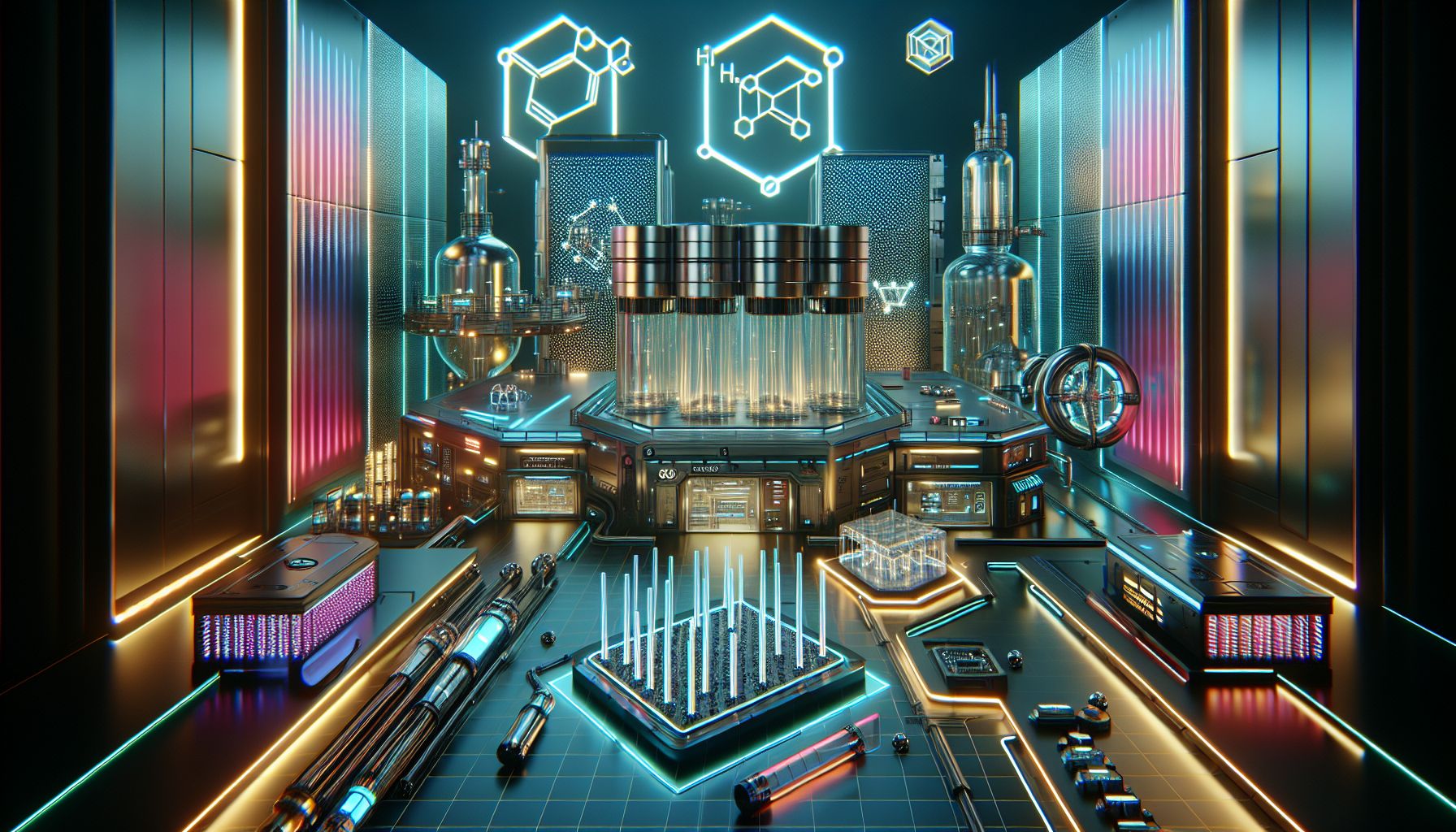Revolutionising Hydrogen Storage: The New Nanosheet Advancements

London, Sunday, 15 June 2025.
New CLi3-decorated γ-graphyne nanosheets enhance hydrogen storage efficiency, promising significant impacts on fuel cells and aerospace. This development marks a key step towards a sustainable hydrogen economy.
Unveiling the Potential
I’m thrilled to share that this innovative approach, using CLi3-decorated γ-graphyne nanosheets, is rewriting the script on hydrogen storage. By firmly anchoring CLi3 clusters on a γ-graphyne substrate, we tackle the pesky problem of metal atom aggregation, creating more adsorption sites for hydrogen. The results are impressive, with the decorated unit cell holding up to 12 H2 molecules, translating to a gravimetric density of 10.34 wt% and an adsorption strength of -0.19 eV/H2. Now, I’ll tell you why this matters: it meets the U.S. Department of Energy’s standards, aiming for a material with over 6.5% gravimetric density for efficient hydrogen storage under ambient conditions [1].
A Foundation for Green Expansion
We’re at a pivotal moment where the shift towards a hydrogen economy isn’t just a buzzword—it’s on the move! According to the rising demand projections, global hydrogen usage could rocket from 90 to over 500 million tonnes by 2050, fuelled by clean and sustainable production means, including the likes of these cutting-edge nanosheets. With these advancements, hydrogen isn’t just a hefty promise; it’s turning into a reality poised to revolutionise sectors from heavy industry to aerospace [2][3].
Combining Forces for Sustainability
And it’s not just about science fiction fantasies—there’s a bigger picture. Nuclear power, for instance, is stepping into the arena as a reliable partner in achieving net-zero targets with hydrogen production. By integrating these nanosheets into broader systems that utilise nuclear-generated low-carbon hydrogen, we stand at the brink of creating an eco-friendly, cost-effective solution addressing our global energy challenges [3].
Challenges and the Road Ahead
Yet, like any good plot, there are twists. The road to a hydrogen-based economy is fraught with hurdles, like ensuring the infrastructure keeps pace with technology. We can’t ignore that scaling up these innovations requires substantial investments and policy support. As the European Commission suggests, additional renewable capacity is crucial to meet new energy demands generated by hydrogen production [4].
Future Horizons
As I wrap up, here’s a thought for you: what if these CLi3-decorated γ-graphyne nanosheets truly revolutionised how we think about energy storage? They might be small, but these nanosheets, combined with nuclear and renewable advances, could propel us into a future where clean energy isn’t just a hope—it’s standard practice. Envision the potential impact on everything from your daily commute to interstellar travel. Exciting, isn’t it? Let’s stay hopeful and vigilant as this story unfolds [2].